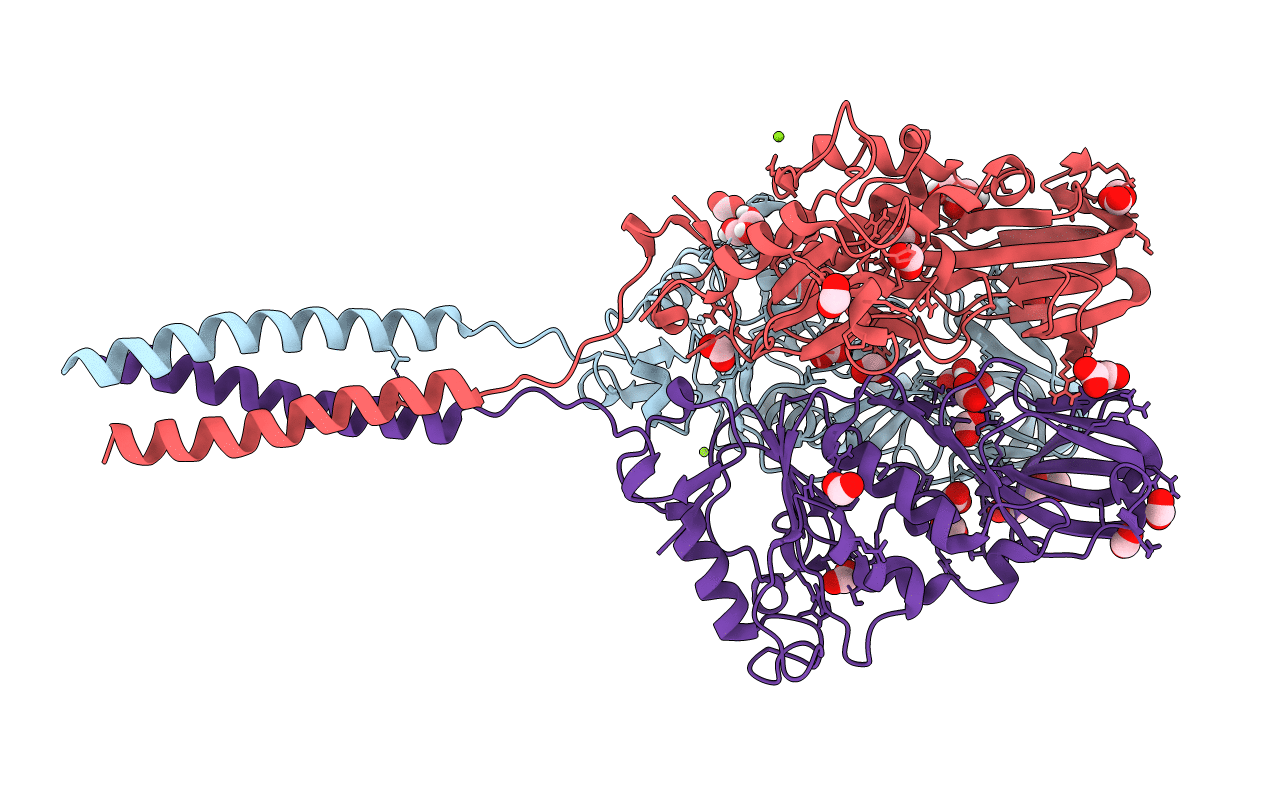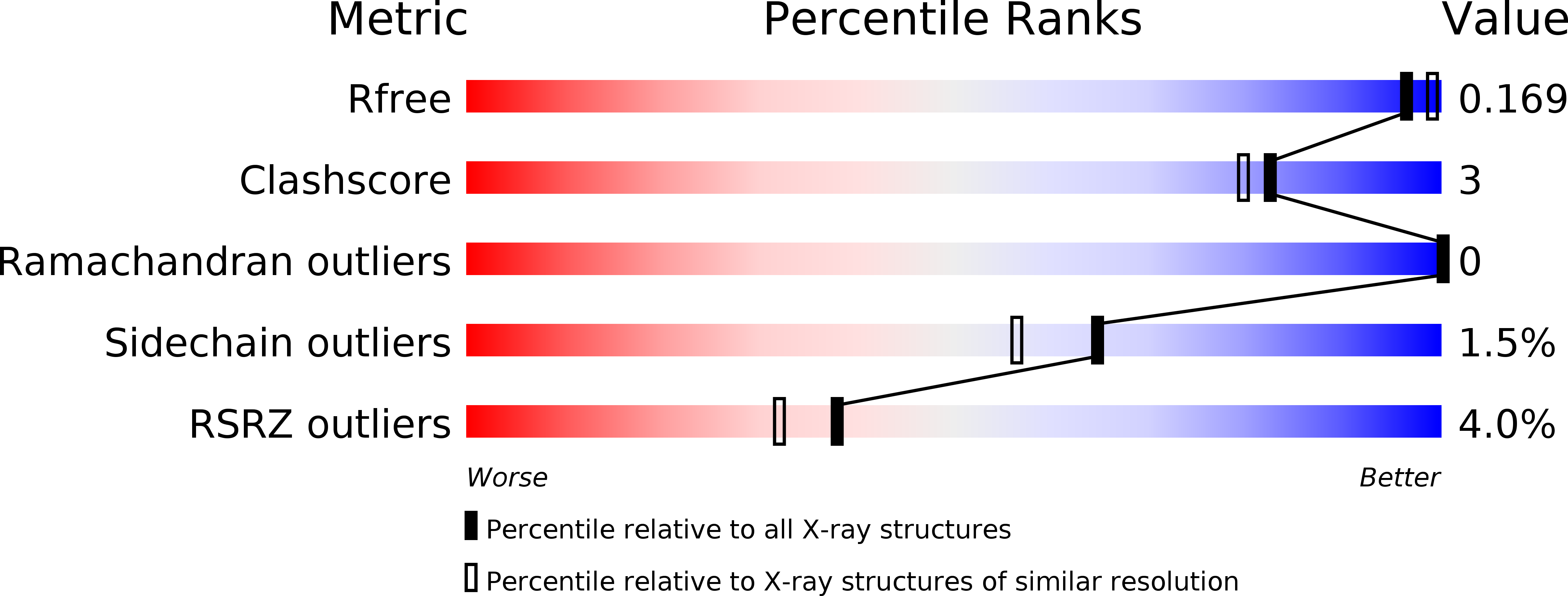
Deposition Date
2016-09-09
Release Date
2017-03-22
Last Version Date
2024-11-06
Entry Detail
PDB ID:
5T9Y
Keywords:
Title:
Crystal structure of the infectious salmon anemia virus (ISAV) hemagglutinin-esterase protein
Biological Source:
Source Organism:
Infectious salmon anemia virus (Taxon ID: 55987)
Host Organism:
Method Details:
Experimental Method:
Resolution:
1.80 Å
R-Value Free:
0.16
R-Value Work:
0.13
R-Value Observed:
0.13
Space Group:
C 1 2 1


